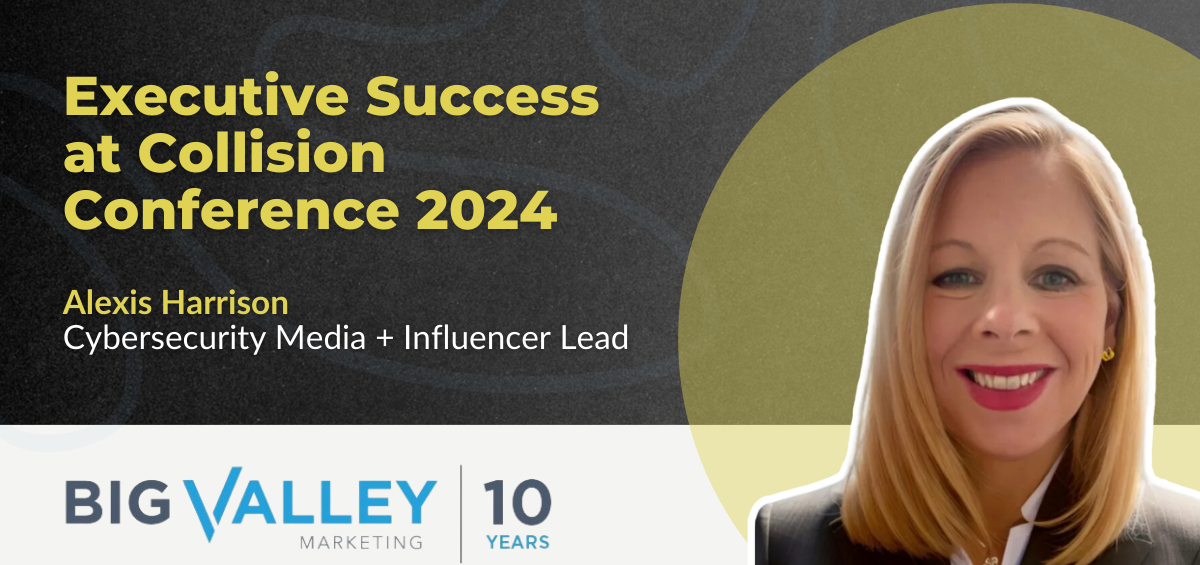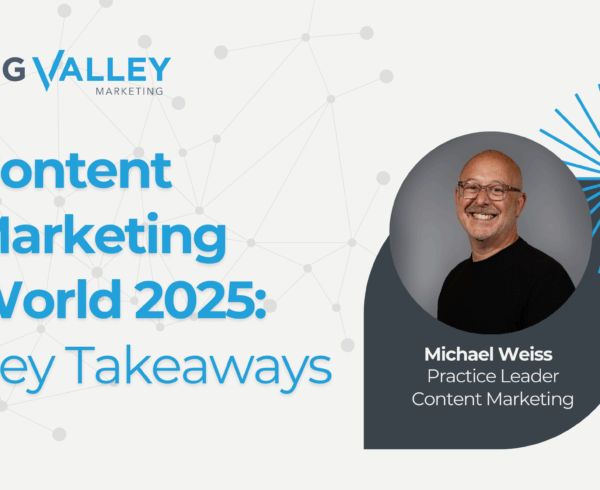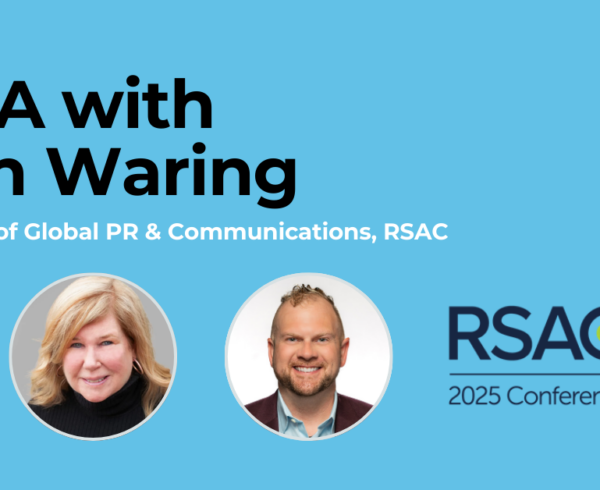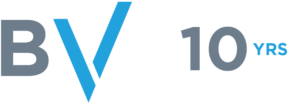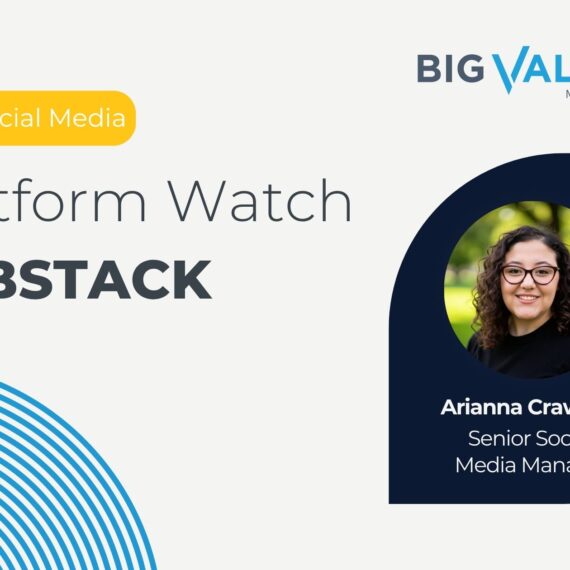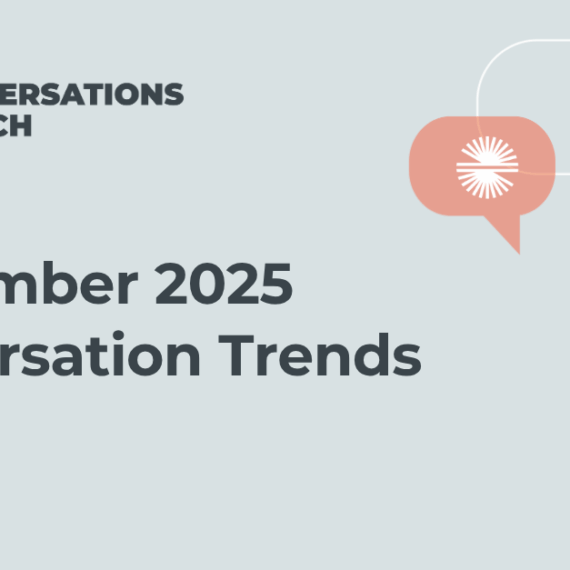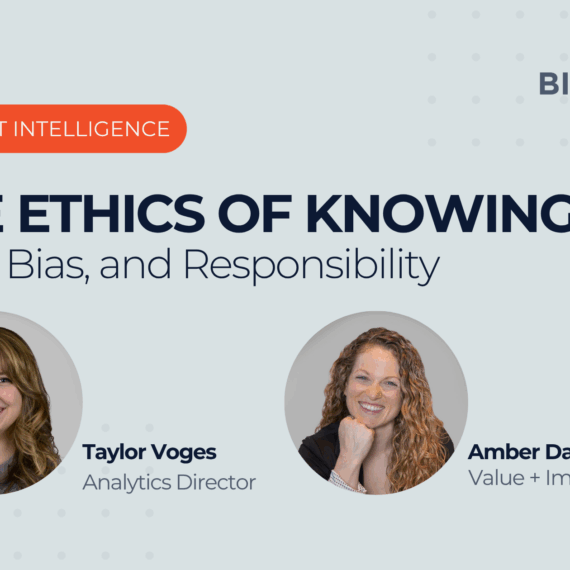Late last month, hundreds of technology, visionaries and media, descended on downtown Toronto for the Collision 2024 conference to share ideas, articulate emerging technologies and innovations that will shape and change our future. From space start-ups to security companies, to technology titans and major venture capitalists, and more, this year’s Collision brought together the brightest and best who are redefining the global tech industry.
Showing up and engaging at major events builds a brand’s credibility, opens up new business opportunities, and provides a platform for executives to pursue thought leadership opportunities. One key approach public relations and marketing practitioners use to achieve these goals at conferences is by seeking media briefings. While this year’s Collision conference had an impressive media list – from top-tier press, prominent tech reporters, broadcast news onsite (BNN), trade publications and local Toronto press – there was one big hook: the fish weren’t biting.
Big Valley represented three different clients at Collision and had – we think – some compelling briefing opportunities to offer to reporters that covered the topics our executive spokespersons were prepared to address. That said, our outreach tied to the 2024 event mirrored what we observed in 2023: the competition for media attention at Collision has significantly risen in recent years. We ultimately scheduled some great briefings for our clients, but while we waited to lock in those meetings we were left to ponder: how could we make Collision successful for our client executives if we were not able to schedule reporter meetings?
Accepting Collision’s Media Relations Reality
As a public relations and media relations experts, our instinct is that success at a show equates to having an executive or subject matter expert meet with attending press to foster media relationships and ideally, land coverage or at least seed story ideas. While media meetings are an important piece of a conference strategy, it’s not the only path to define success.
With many conferences, and particularly with what we’ve observed about Collision, we think it is important to embrace the new reality and help coach client executives to realize that success at Collision can be measured by more than just media meetings.
A conference like Collision offers more than media relations opportunities and in a period of a tighter media environment, reframing conference goals can offer communications and marketing professionals a new path for helping their attending executives have a meaningful experience at the show.
Best Practices for Conference Success
As a company begins the process of attending and participating at Collision or another prominent tech show, there are key action items to consider doing in order to maximize the show’s value.
Based on our experience with Collison, following are some best practices of how senior level executive can get the most out of Collision (despite the shifting media landscape):
Man (or woman) with a Plan: Ahead of a conference, think about what you and your company want to achieve at the conference – is it leads, recruiting new talent, connecting with former colleagues or subject matter experts, or meeting with vendors?. Ahead of the conference, review the agenda, determine which sessions or seminar may be of value to your business. If there is a particular speaker who you would like to meet with? Research their companies and see how the meeting can be mutually beneficial. If you’re a speaker at a session or a fireside chat, determine a strategy with your marketing and public relations teams to amplify your session via social media and other promotions.
Don’t Be Shy: The power of connecting with your peers in-person should not be undervalued. This year’s Collision conference offered speakers a plethora of networking opportunities including a portal where speakers could connect with other speakers and schedule meetings with one another. In one instance, we saw a former intern reach out to a prominent CEO in the hopes of connecting for few minutes. In addition to the long list of compelling sessions and fireside chats, there were also evening events to attend in a more relaxed setting which are other chances to meet, have conversations and to share ideas.
Put the Phone Down: While a senior level leader is immensely busy and often tethered to email, it’s imperative that you take a break from your inbox and focus on the conference. Outside distractions will preclude you from taking in knowledge, new information and ideas. Structure your day when you have prescribed moments to check in with the office and to address timely emails.
The Follow-up: After a few days of collecting new business cards, broadening your network and re-connecting with colleagues, it’s time to follow-up. Connect your new contacts on LinkedIn, write a note and let them know that you appreciated their time. If you view the relationship as a possible new customer or vendor, or even a recruit, set up a phone call or another meeting, and continue building your relationship.

